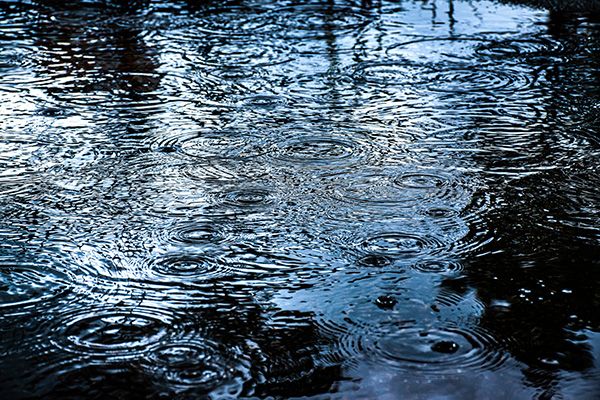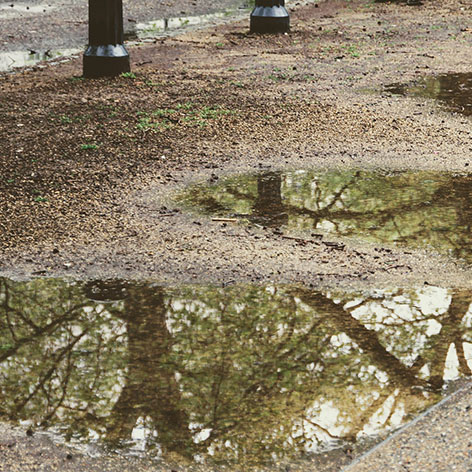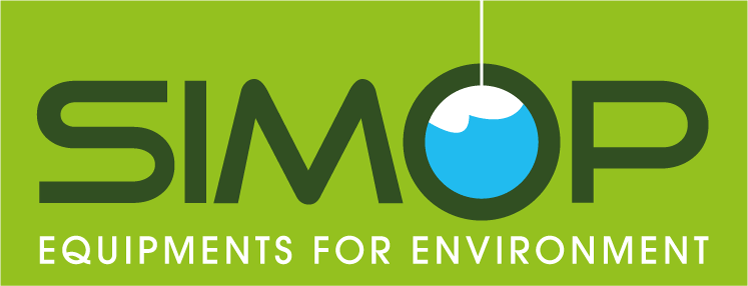Rainwater treatment
In addition, some local authorities have chosen to promote rainwater harvesting for new buildings and homes by including provisions making parcel-based rainwater management compulsory in their rainwater zoning (Article L.2224-10 of the French General Code of Local Authorities) appended to the local urban plan or inter-municipal local urban plan. On a national level, several provisions aimed at encouraging the reuse of unconventional water are set out in Law no. 020-105 of February 10, 2020 on the fight against waste and the circular economy.
For new buildings, from 2023 onwards, a decree will determine the requirements for limiting drinking water consumption while respecting the health constraints of each building category, particularly with regard to rainwater harvesting systems.

Published in October 2011, the NF P16-005 standard is the first normative text applicable to rainwater harvesting systems. It follows on from the decree of August 21, 2008, authorizing the use of rainwater recovered from inaccessible roofs for outdoor and certain indoor uses. Standard NF P16-005 sets out general specifications for the design, sizing, commissioning, servicing and maintenance of rainwater harvesting, storage and distribution systems.
Guides
Rainwater harvesting systems for buildings Rules and best practices for installers
Ministry of Ecology, Energy, Sustainable Development and the Sea – Ministry of Health and Sports
This document, entitled “Systèmes d’utilisation de l’eau de pluie dans le bâtiment – Règles et bonnes pratiques à l’attention des installateurs” (“Rainwater harvesting systems in the building industry – Rules and best practices for installers”), was drafted by a working group made up of institutions, trade representatives and experts, to support professionals involved in the implementation and maintenance of rainwater harvesting and utilization systems. This booklet provides general guidance on the design, sizing, implementation, commissioning, servicing and maintenance of rainwater harvesting systems. It applies only to rainwater harvested from roofs inaccessible to the public.
Rainwater harvesting and use” technical guide by ASTEE
This guide is the result of the work of a dedicated group of the Drinking Water Commission of ASTEE (Association Scientifique et Technique de l’Eau et de l’Environnement). The fifty-page guide has a dual purpose: to provide a summary of current knowledge on the subject; and to present, in an organized and coherent manner, a set of information and recommendations for carrying out a project. It is aimed at private individuals, those involved in construction and urban planning (public or private project owners, project managers, design offices), as well as managers of water and wastewater services.
Order of August 21, 2008
Decree on rainwater harvesting and its use inside and outside buildings.
Article L.2224-10
General code of local and regional authorities.
Law no. 2020-105
Relating to the fight against waste and the circular economy.
NF P16-005
Provides general specifications for the design, sizing, commissioning, maintenance and servicing of rainwater harvesting, storage and distribution systems.
NF EN 1717
Protection against pollution of drinking water in internal networks and general requirements for backflow prevention devices.
NF EN 16941-1
Specifies requirements and provides recommendations for the design, sizing, installation, identification, commissioning and maintenance of rainwater harvesting systems for on-site use as non-potable water.
Runoff water treatment
Certain headings in the nomenclature of classified installations for environmental protection require the installation of a hydrocarbon separator.
Irrespective of the ICPE regime, the installation of a hydrocarbon separator is often the minimum requirement stipulated in the discharge authorization order issued by the local authority owning the collective sewage network. As far as the natural environment is concerned, discharge without prior treatment is prohibited.
On the whole, even if the regulations don’t always require it (except for ICPE, where no discharge authorization order has been issued), the use of an oil separator is strongly recommended to reduce the risk of pollution of the natural environment and damage to sanitation structures.

Hydrocarbon separators must be CE marked, the reference standard being NF EN 858-1
A declaration of performance is available for each device.
Standard NF EN 858 comprises 2 parts:
NF EN 858-1 NF EN 858-2
Principles of design, performance and testing, marking and quality control Nominal size selection, installation, service and maintenance
As a guarantee of quality and exacting standards in terms of design and performance, a range of NF-marked products is available, conforming to the NF 408 certification standard for sludge and light liquid separators and grease separator, NF EN 858-1 and its national supplement NF P 16-451-1/CN.
The NF mark guarantees consistent quality, verified by an independent body.
NF EN 858-1/A1
Principles for design, performance and testing, marking and quality control.
NF EN 858-2
Nominal size selection, installation, service and maintenance.
NF P16-451-1/CN
National supplement to standard NF EN 858-1.
NF P16-442
Installation and maintenance of light liquid separators and sludge traps.
Law no. 92-3
Water law.
Law n° 2006-1772
Law on Water and Aquatic Environments (LEMA).
Rainwater regulation
Excessive, uncontrolled runoff due to increasing soil sealing and saturation of stormwater networks justifies the widespread use of compensatory techniques, i.e. storage, infiltration or even recycling solutions at the plot level, before discharge via hydraulic regulation.
Even today, rainwater is all too often collected and evacuated by sewer systems. This management method, which is based on the “all-pipe” principle of evacuating rainwater as far and as quickly as possible, is now showing its limits, with harmful impacts on the city and the environment. Article L.2224-10 of the Code Général des Collectivités territoriales (French General Code of Local Authorities) requires local authorities to draw up rainwater zoning plans that go beyond the “all-pipe” approach. To preserve the quality of aquatic environments and avoid aggravating the risk of downstream flooding, development and construction projects may be required to guarantee quantitative and qualitative control of runoff. Rainwater can be managed on a parcel-by-parcel basis, and where it is impossible to manage all flows, the surplus may be discharged at a limited rate into surface waters or the public network, where this exists. Except in the case of specific local regulations, it is accepted that an owner is under no obligation to connect to the public network to evacuate rainwater, and that the local authority is under no regulatory obligation to collect and connect water from private surfaces to the public network.

Articles 640 and 641 of the Civil Code
Do not aggravate the natural downstream flow of stormwater.
Article L.421-6 of the Town Planning Code and Articles R.111-8 and R-111-15 of the National Town Planning Regulations
Impose water management requirements or refuse a building permit or subdivision application for inadequate water management.
Article R.214-1 of the French Environment Code’s Dossier Loi sur l’Eau (Water Law File)
Require the project owner to take measures to compensate for the impacts of the project.
ALUR law
Impose permeable surfaces on parking lots and green roofs on buildings for retail outlets over 1,000m².
The SDAGE
A six-year planning tool for the major orientations of balanced water resource management (quantity and quality).
SRADDET
Provided for under the 2015 NOTRe law, brings together various regional schemes (climate, transport, waste, …), makes it possible to align public policies.
The SAGE
Incorporates SDAGE guidelines and enables planning at local level.
Article L.2224-10
General code of local and regional authorities.
Rainwater zoning
Imposed by the French Code Général des Collectivités Territoriales (Article L2224-10), which transcribed an article from the 1992 Water Act. It defines, for development projects, the rules for quantitative and qualitative control of runoff to preserve the quality of aquatic environments. Rainwater can be managed on a plot-by-plot basis, and where it is impossible to manage all runoff, the surplus can be discharged at a limited rate into surface waters or the public network, where this exists.
The PLU or PLUI
Expresses the urban project of the municipality or inter-municipality with regard to environmental issues, the prevention of the risk of flooding by stormwater runoff and the preservation of natural environments.



